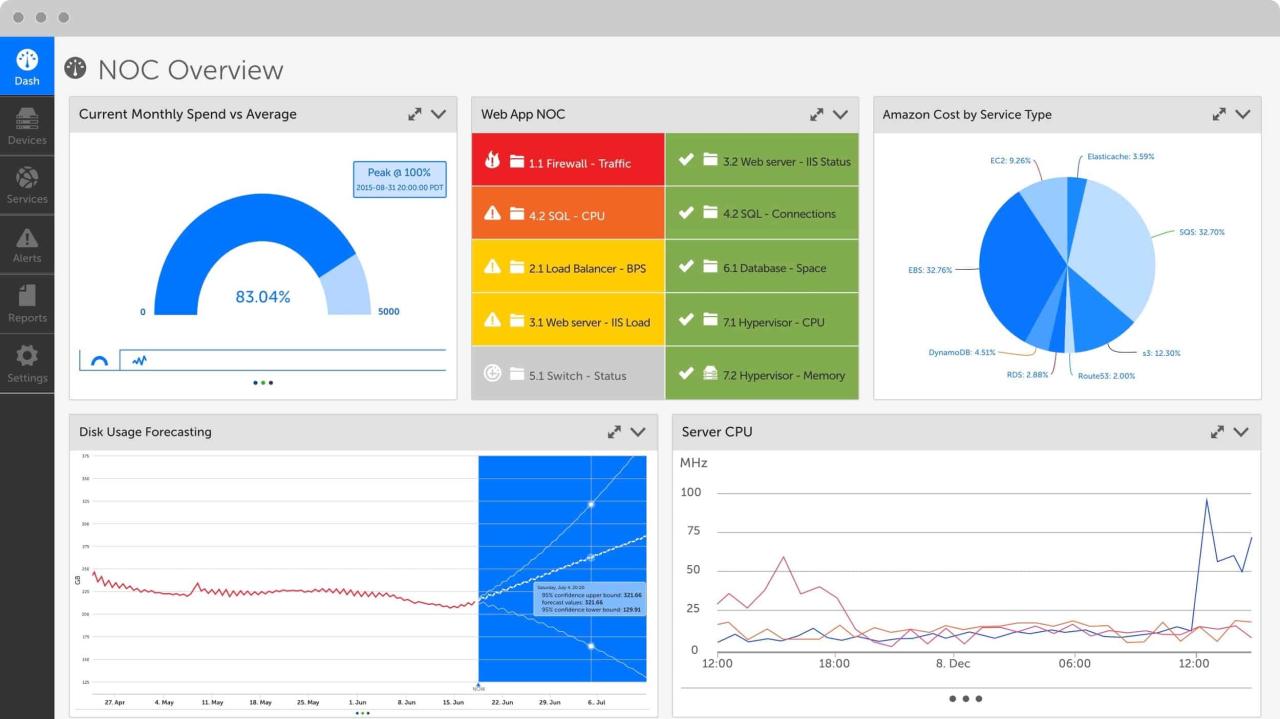Ever wonder what’s really happening on your network, beyond just knowing if the internet is working? Network issues can cripple productivity and leave you scrambling to find the culprit, costing valuable time and money. But what if you could keep a watchful eye on your network’s performance without breaking the bank? That’s where free network monitoring tools come in.
These powerful, yet often overlooked, resources provide invaluable insights into your network’s health, helping you identify bottlenecks, track bandwidth usage, and proactively address potential problems before they escalate. In this article, we’ll explore some of the best free network monitoring tools available, outlining their features, benefits, and limitations, empowering you to make informed decisions and optimize your network’s performance – all without spending a dime.
Get ready to unlock the secrets hidden within your network!
Free Networking Monitoring Tools: Keeping an Eye on Your Digital Domain
In today’s interconnected world, a robust and efficient network is vital. Network monitoring tools keep watch on your infrastructure, alerting you to problems before they disrupt your operations.
But what if you’re on a tight budget? Don’t worry! A bunch of superb, cost-free network monitoring options are available. They provide essential insights without costing you a dime.
These tools can track bandwidth usage, spot bottlenecks, and even diagnose hardware issues. Using them, you can keep your network running smoothly and efficiently.
Why Use Free Network Monitoring Software?
The reasons for using free network monitoring solutions are ample. Cost savings are the most apparent. This is especially attractive for startups and small firms.
Also, these tools provide worthwhile insight. Many free solutions offer core monitoring features. These allow you to keep an eye on essential network performance parameters.
Using this monitoring, you can find and resolve bottlenecks. Additionally, you can find security vulnerabilities. It will also improve the overall health of your network’s framework.
Furthermore, several free tools are surprisingly robust and simple to use. They can provide critical information. These insights permit proactive steps to maintain network health.
Top Free Network Monitoring Tools
Many standout options exist when it comes to free network monitoring tools. Each solution has unique strengths and targets distinct requirements.
Zabbix is a strong contender, famous for its scalability and flexibility. It supports a broad range of monitoring techniques. It is suitable for intricate network infrastructures.
Nagios Core, known for its extensive community support, offers thorough monitoring of network devices. Its plugin system expands functionality.
PRTG Network Monitor (free version) is another popular selection. It offers a user-friendly interface. Also, it comes with sensors to monitor various parameters.
Cacti, a web-based tool, specializes in visualizing network traffic trends. It uses RRDtool to store and display data in charts and graphs.
Observium is an auto-discovering network monitoring platform. It supports a wide range of devices and operating systems.
Key Features to Look For
Choosing the right free network monitoring tool involves evaluating its features. Focus on what matters to your needs and resources.
Consider ease of use. A tool that is easy to set up and comprehend will save you time and energy. A user-friendly interface is paramount.
Look for real-time monitoring abilities. The capacity to track network performance live is indispensable for immediate issue detection.
Also, pay attention to alerting features. Your monitoring tool should notify you of potential problems. You must receive these notifications by email or other methods.
Reporting functions are also essential. Comprehensive reports allow you to analyze trends, identify bottlenecks, and optimize your network.
Getting Started with Free Network Monitoring
Implementing free network monitoring is a straightforward process. Begin by defining your monitoring goals.
Next, download and install your chosen tool. Many of these tools offer simple installation wizards that will guide you through the configuration.
Configure the tool to monitor your essential devices and services. Tailor the notifications settings. Ensure you receive alerts for critical events.
Regularly review the gathered data. Also, adjust your monitoring settings as needed. Network monitoring is an iterative operation.
Optimizing Your Network with Monitoring Data

Gathering data is only half the battle. The true power of network monitoring comes from analyzing the information and taking action.
Use the data to identify performance bottlenecks. Optimize network settings or upgrade hardware as necessary to improve speed.
Monitoring data can help you track bandwidth usage. Recognize high-traffic periods, and optimize resource allocation to prevent congestion.
Regularly examine your security logs. Look for unusual activity. Network monitoring can help find and lessen possible risks.
The Future of Free Network Monitoring Tools
The future of free network monitoring tools is bright. Expect to see even more advanced features being added to these tools.
Integration with cloud-based services will become increasingly common. This will provide more convenient and scalable monitoring solutions.
Artificial intelligence (AI) and machine learning (ML) will play a major role. These features will enable predictive analysis. They will help detect abnormalities.
Open-source platforms will continue to grow. They provide adaptability and community-driven innovations in the monitoring domain.